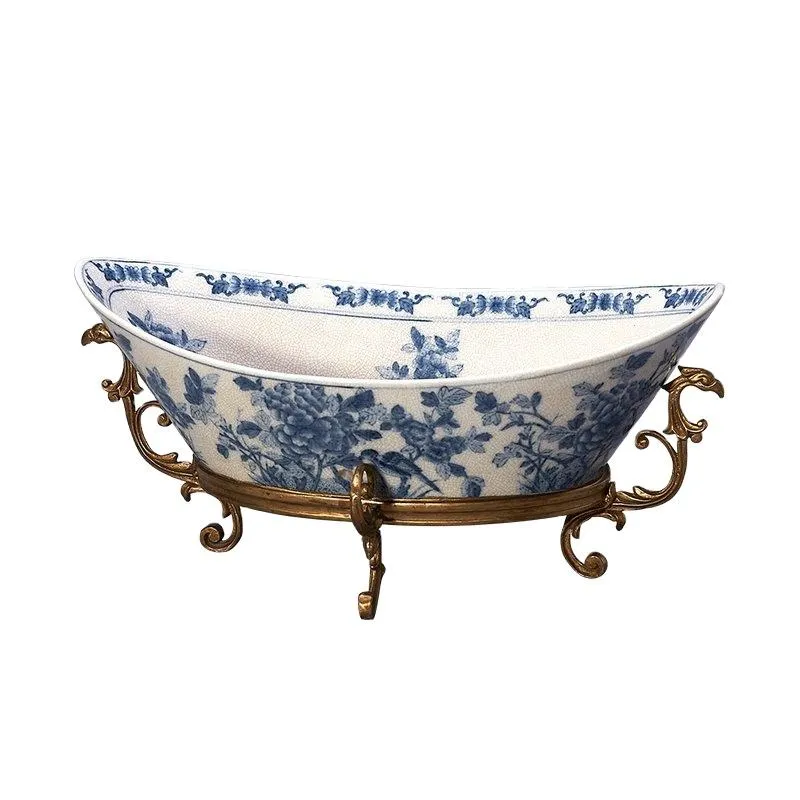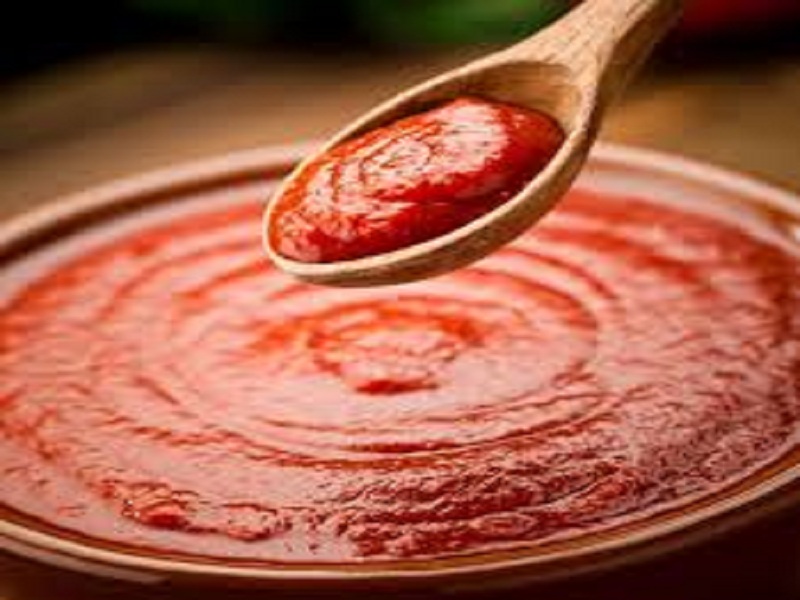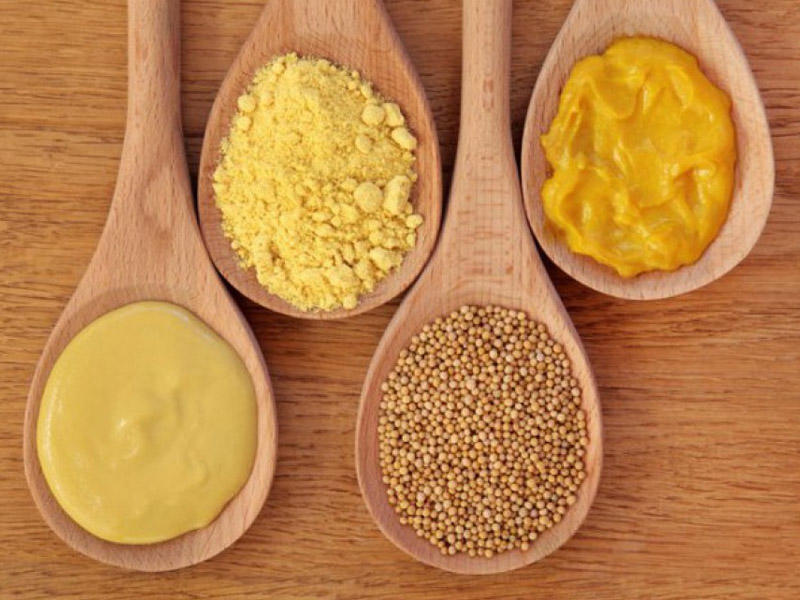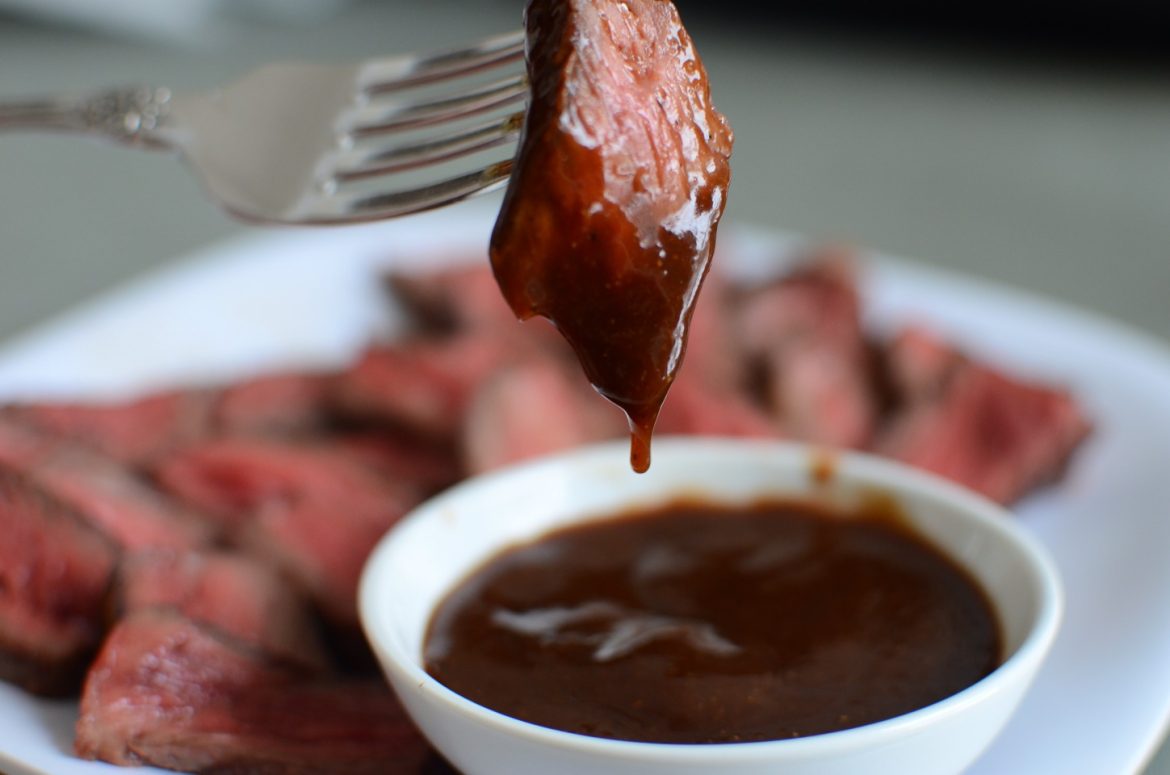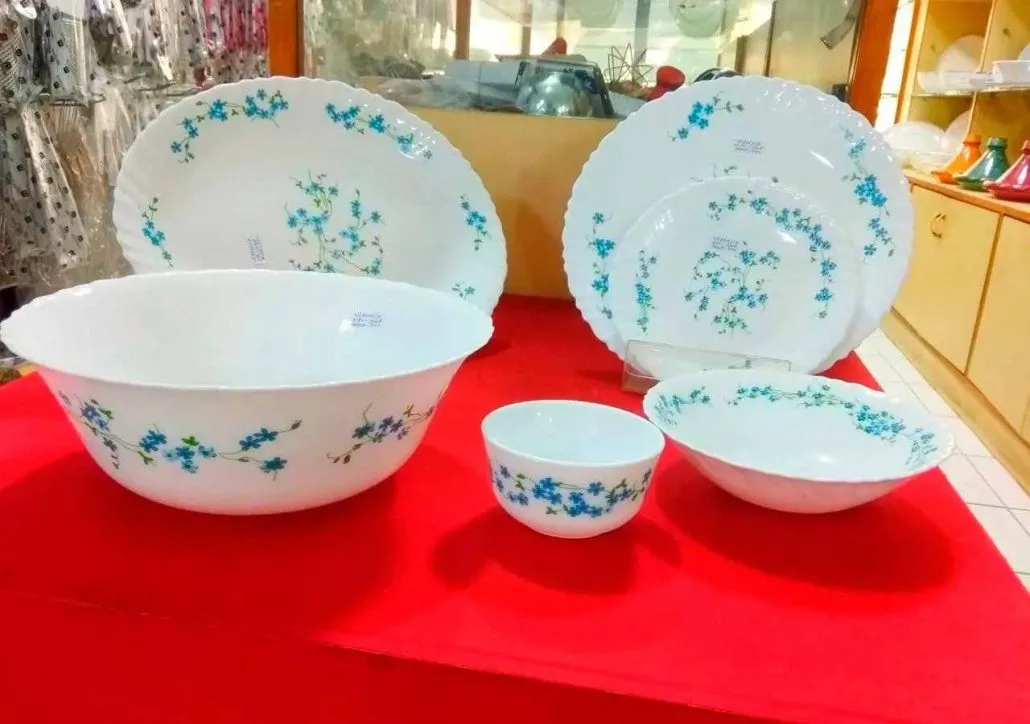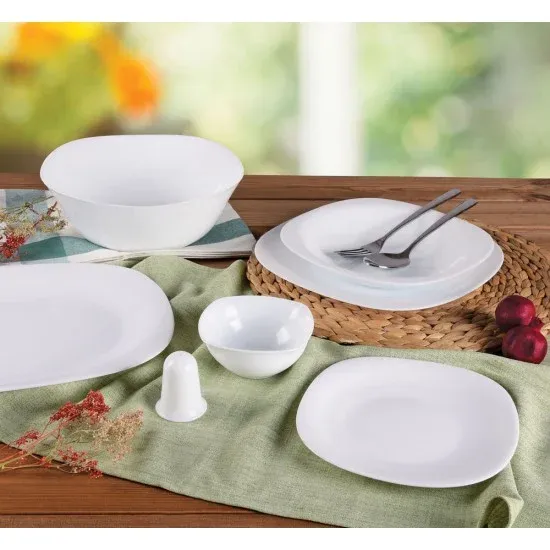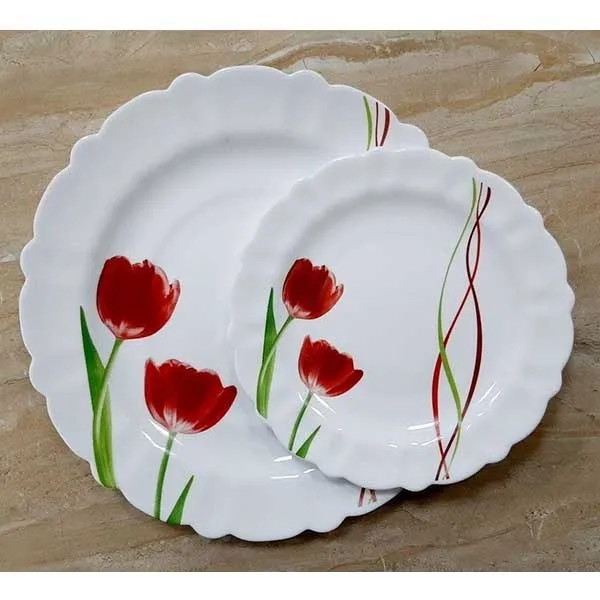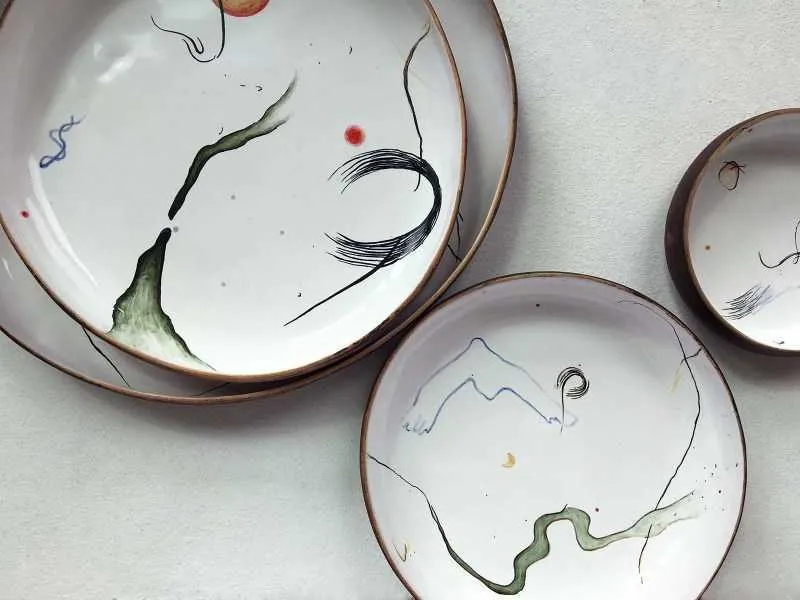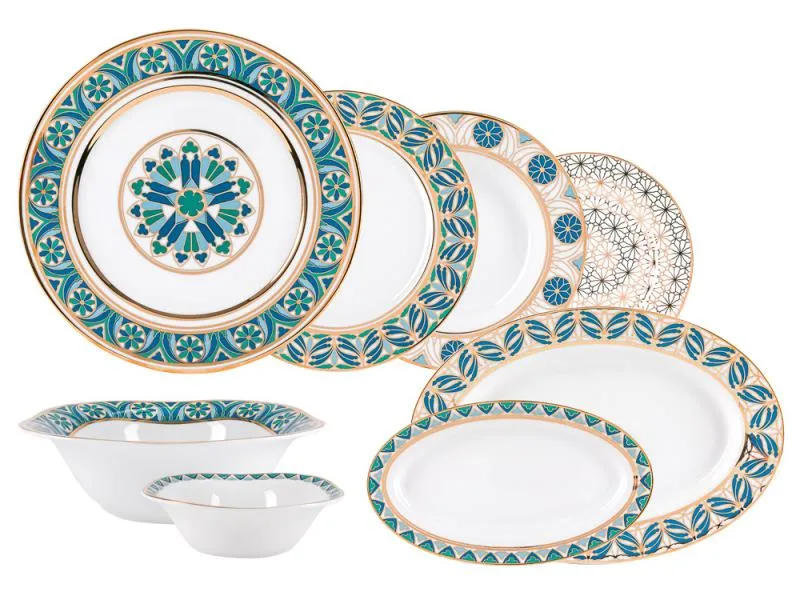A Window into the Past
Introduction:
Antique dishes hold a unique charm that transcends time and offers a glimpse into our rich cultural heritage. These pieces of fine craftsmanship are not only functional but serve as treasured keepsakes that can be passed down through generations. In this article, we will explore the allure of antique dishes, the factors to consider when buying them, and the price range of these delightful artifacts.
I. Discuss Antique Dishes
Antique dishes, often referred to as vintage or collectible dishware, are usually more than 100 years old. These dishes not only exhibit exquisite designs but also embody the historical context of the era in which they were made. From delicate porcelain to elegant bone china, antique dishes come in a variety of materials, each with its own unique characteristics and style. The patterns and decorations on these dishes often reflect the prevailing artistic styles of the time, making them not only functional for serving meals but also visually appealing when displayed as decorative objects.
II. Buying Antique Dishes
When purchasing antique dishes, it is essential to be well-informed and consider several factors to ensure a successful acquisition.
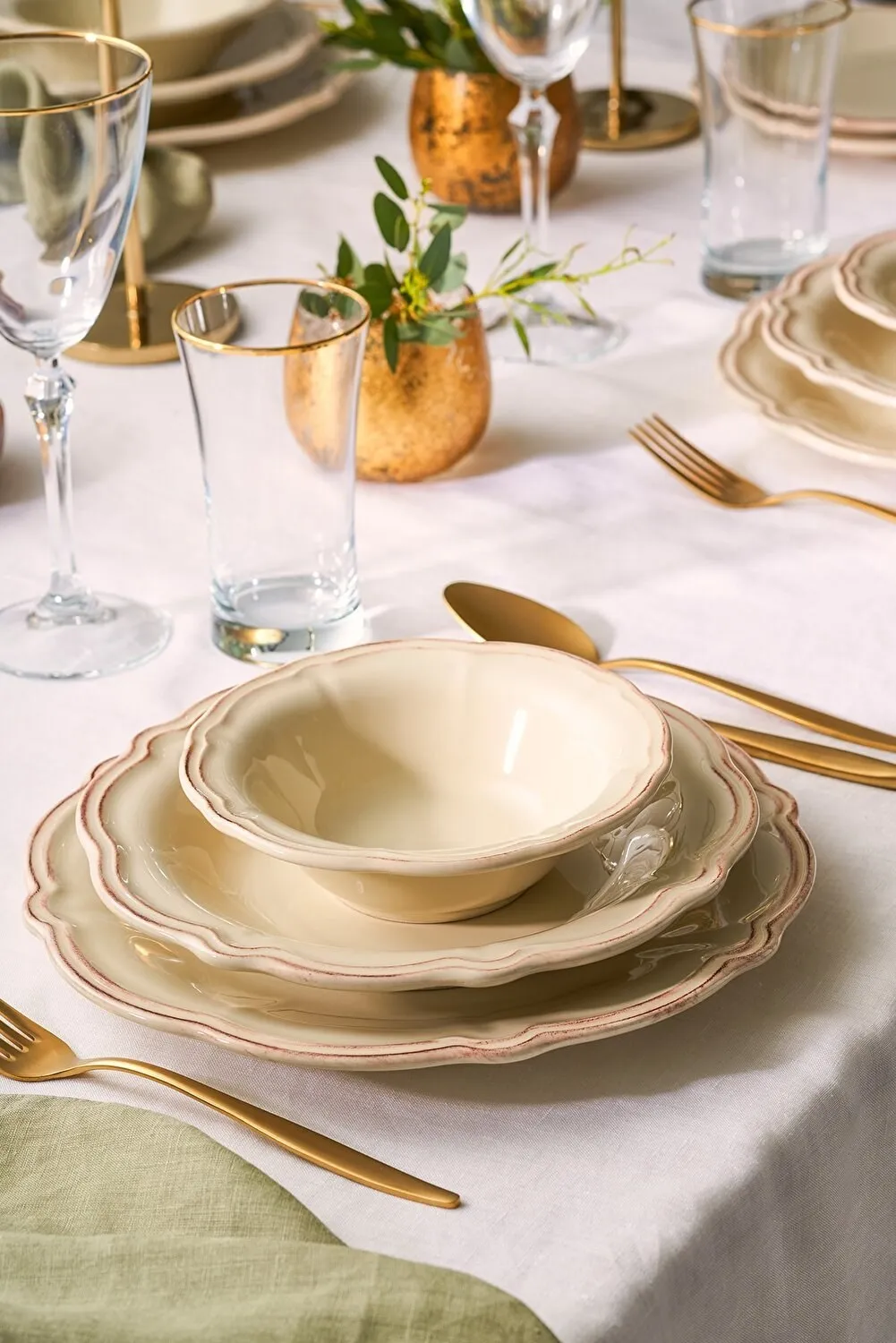
1. Research: Before embarking on a buying journey, research is crucial. Familiarize yourself with the various periods, styles, and makers of antique dishes. This knowledge will help you identify specific patterns and understand their historical significance. Online resources, books, and visiting museum exhibits can provide valuable insights to aid your research.
2. Authenticity and Condition: Given the potential investment involved, verifying the authenticity of antique dishes is paramount. Look for markings or stamps that identify the maker, country of origin, and period of production. Consult experts or experienced collectors to make sure your intended purchase is genuine. Assessing the condition of the dishes is equally important, taking note of any cracks, chips, or fading patterns.
3. Pattern and Design: Antique dishes come in an array of patterns and designs, from delicate floral motifs to intricate geometric patterns. Choose patterns that resonate with your personal style and consider how they will fit into your existing tableware collection or home decor. Patterns like Blue Willow, Rose Medallion, and Flow Blue are highly sought after and can add a touch of vintage elegance to any dining experience.
III. Price of Antique Dishes
The price of antique dishes can vary significantly based on several factors, including rarity, historical significance, condition, and desirability. Here are three price ranges to give you an idea of what to expect:
1. Affordable Range: If you are starting your antique dish collection or have a limited budget, fear not! There are still affordable options available. Local thrift stores, flea markets, and online platforms can offer vintage dishes at reasonable prices. These dishes may not be as rare or exclusive as higher-priced pieces, but they still possess an undeniable charm.
2. Mid-range: As your knowledge and passion for antique dishes grow, you might be willing to invest a bit more. In the mid-range price category, you can find moderately rare pieces from reputable makers. These dishes often have distinctive patterns or transitional designs and are more likely to withstand the test of time.
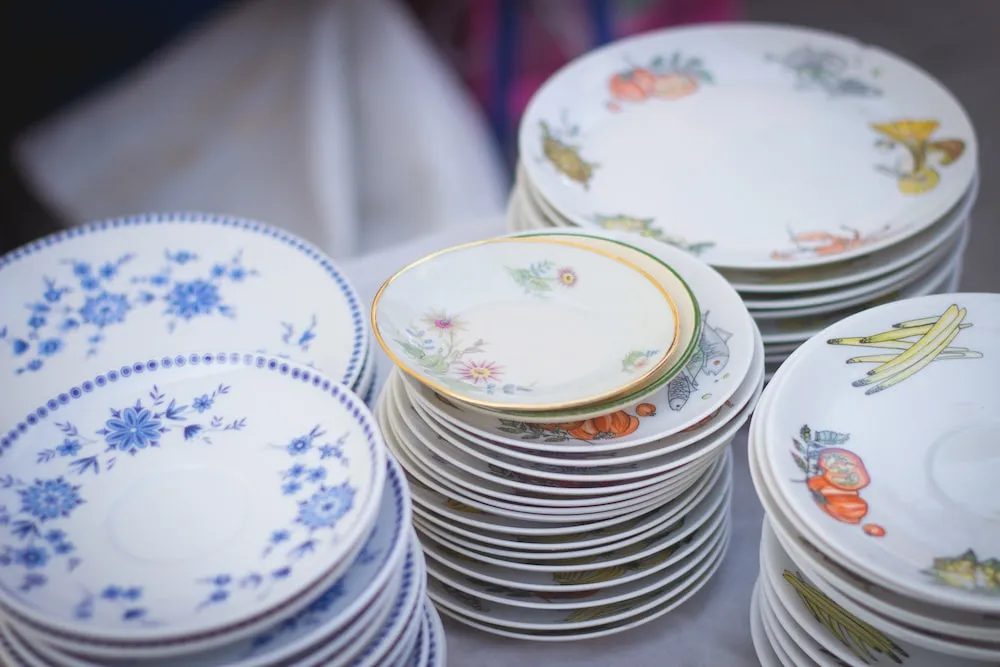
3. High-end: For those searching for rare and exceptional pieces, the high-end market offers antique dishes of the highest quality and historical significance. These dishes are often made by renowned manufacturers, such as Meissen, Limoges, or Wedgwood. Prices for these exquisite treasures can reach astronomical levels, making them sought-after by serious collectors and enthusiasts.
Conclusion:
Antique dishes offer us a tangible connection to the past, allowing us to dine and celebrate in the presence of history. Whether purchased for their intricate patterns, craftsmanship, or sentimental value, these dishes carry the stories of generations past. Remember, when buying antique dishes, arm yourself with knowledge, inspect for authenticity and condition, and consider the wide price range available to suit various budgets. With these insights, you can embark on your journey to find the perfect antique dishes to add a touch of artistry and vintage charm to both everyday meals and special occasions alike.IV. Care and Maintenance of Antique Dishes
Once you have acquired your cherished antique dishes, it is important to take proper care of them to preserve their beauty and value. Here are some tips for maintaining these delicate heirlooms:
1. Handwashing: Antique dishes are often more fragile than modern tableware, so it is recommended to hand wash them instead of using a dishwasher. Use warm water, mild dish soap, and a soft sponge or cloth to gently clean the dishes. Avoid abrasive materials or harsh chemicals that could damage the delicate surfaces.
2. Storage: When not in use, store your antique dishes in a safe and secure place. Consider using acid-free tissue paper or bubble wrap to wrap individual pieces. If stacking, place a layer of padding between each dish to prevent scratches or chipping. Additionally, choose a storage area away from direct sunlight, extreme temperatures, and excessive humidity, which can deteriorate the dishes over time.
3. Displaying: Antique dishes can be marvelously displayed as decorative pieces in your home. Utilize plate stands or wall-mounted brackets to showcase their beauty on shelves, cabinets, or walls. Be mindful of choosing a suitable location that minimizes the risk of accidental damage or exposure to direct sunlight.
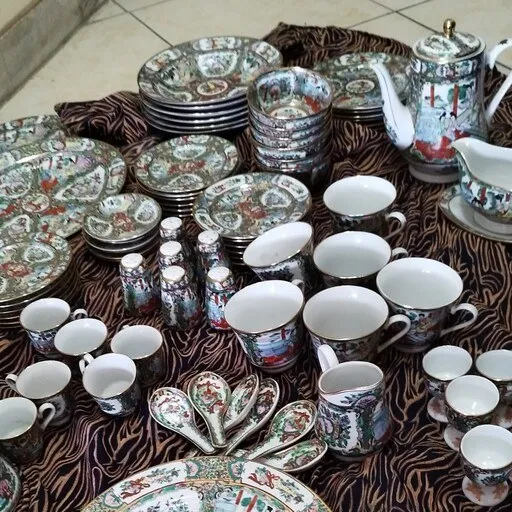
V. Selling Antique Dishes
If you find yourself in possession of antique dishes that no longer fit your collection or style, you may consider selling them to collectors or antique dealers. Before selling, follow these steps to ensure a fair selling process:
1. Appraisal: Obtain a professional appraisal from a reputable dealer or appraiser to establish the value of your antique dishes. They will assess the condition, rarity, and historical significance of your pieces, which will help determine an appropriate selling price.
2. Market Research: Conduct market research to understand the current demand and pricing trends for similar antique dishes. Consider consulting online auctions, antique shops, or fellow collectors to gather insights into the potential market value of your dishes.
3. Selling Platforms: Choose the appropriate selling platform based on the value, rarity, and condition of your dishes. Options include online auction sites, classified ads, antique fairs, and consignment shops. Ensure that you accurately describe the dishes, provide clear photos, and answer any inquiries promptly to attract potential buyers.
4. Authenticity Documentation: Provide the necessary documentation to validate the authenticity of your dishes. This includes any provenance, certificates of authenticity, or expert opinions that can reinforce the credibility of your pieces.
In conclusion, antique dishes are not only exquisite and functional pieces of art but also carry historical significance and sentimental value. Delving into the world of antique dish collecting requires knowledge, careful consideration, and meticulous care. Whether you are purchasing, maintaining, or selling these timeless treasures, be sure to proceed with thorough research, seek professional advice, and appreciate their lasting beauty. Embrace the joy of owning antique dishes and let them become part of your own story as you gracefully blend history and modernity at your table.
